NASA Spacecraft Uncover Mystery Behind Auroral Beads
A special type of aurora, draped east-west across the night sky like a glowing pearl necklace, is helping scientists better understand the science of auroras and their powerful drivers out in space. Known as auroral beads, these lights often show up just before large auroral displays, which are caused by electrical storms in space called substorms. Until now, scientists weren’t sure if auroral beads are somehow connected to other auroral displays as a phenomenon in space that precedes substorms, or if they are caused by disturbances closer to Earth’s atmosphere.
But powerful new computer models, combined with observations from NASA’s Time History of Events and Macroscale Interactions during Substorms – THEMIS – mission, have provided the first direct evidence of the events in space that lead to the appearance of these beads, and demonstrated the important role they play in our local space environment.
Complete transcript available.
Music credit: “Intrigues and Plots” and “Repetitive Motion” by Laurent Dury [SACEM] from Universal Production Music
Watch this video on the NASA Goddard YouTube channel.

The photograph was taken east of Saskatoon on winter solstice in 2015 with a 81% illuminated waxing gibbous Moon. It was processed with PixInsight to remove streaks caused due to an accidentally nudged tripod during exposure while attempting to retain realistic star shapes and colors. The exposure time was 2.5 seconds.
Credit: Alan Duffy
Auroral beads seen from the International Space Station.
Credit: NASA

Photograph of auroral beads captured from Earth.
Credit: Michal Vrba from Unsplashed

Photograph of auroral beads captured in Tromsø, Norway in December 2018.
Credit: Deniz from Unsplashed

Photograph of auroral beads captured from Earth.
Credit: Vincent Guth from Unsplashed
Model Simulation
External influence on geomagnetic field, shown in red (strengthened) – white (unaffected) – grey (weakened), in the equatorial plane of the magnetosphere. The formation of buoyant bubbles can be seen on the night side of Earth (left) shortly after the change in the orientation of the solar wind magnetic field at T=0.
Credit: Kareem Sorathia (JHUAPL/Center for Geospace Storms)
Model Simulation
Buoyancy measured in magnetospheric equator, blue to brown measuring “light” to “heavy”. Superimposed on the equator are grid lines of constant magnetic latitude and longitude.
Credit: Kareem Sorathia (JHUAPL/Center for Geospace Storms)
Credits
Please give credit for this item to:
NASA's Goddard Space Flight Center
-
Producers
- Joy Ng (USRA)
- Mara Johnson-Groh (Wyle Information Systems)
-
Scientists
- Kareem Sorathia (Johns Hopkins University/APL)
- Slava Merkin (Johns Hopkins University/APL)
- Evgeny Panov (Space Research Institute, Austrian Academy of Sciences)
Release date
This page was originally published on Friday, August 14, 2020.
This page was last updated on Wednesday, May 3, 2023 at 1:44 PM EDT.
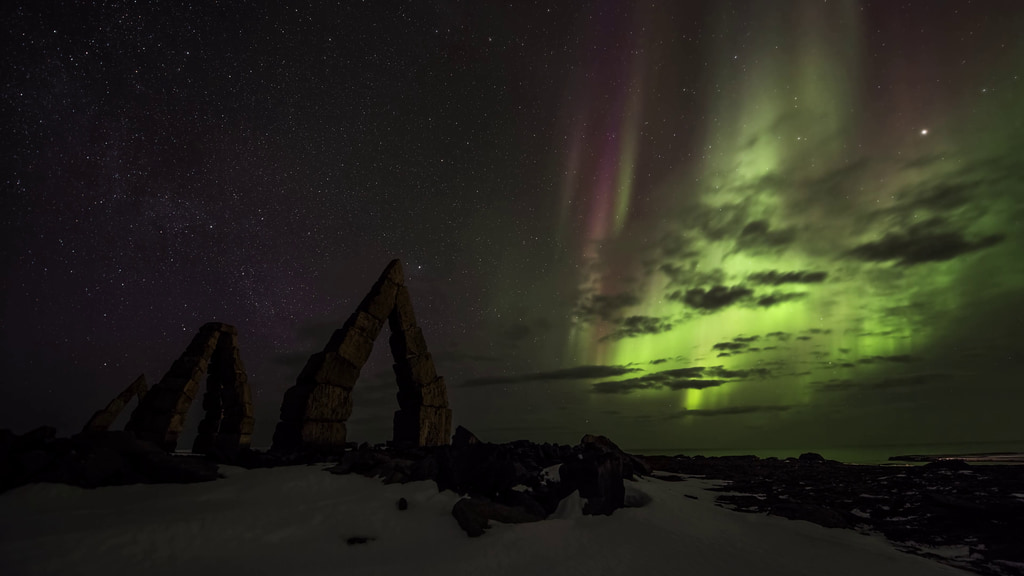
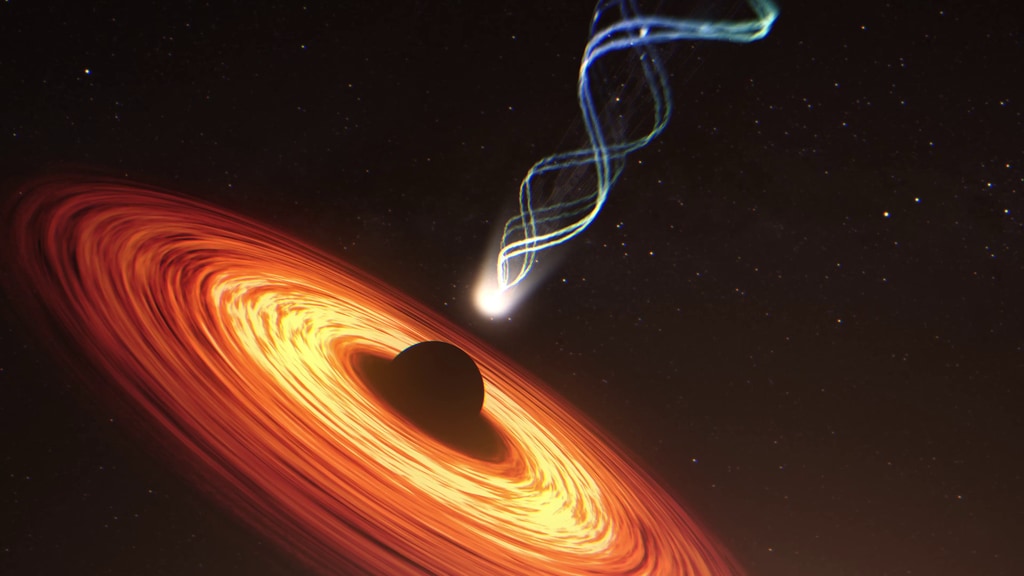
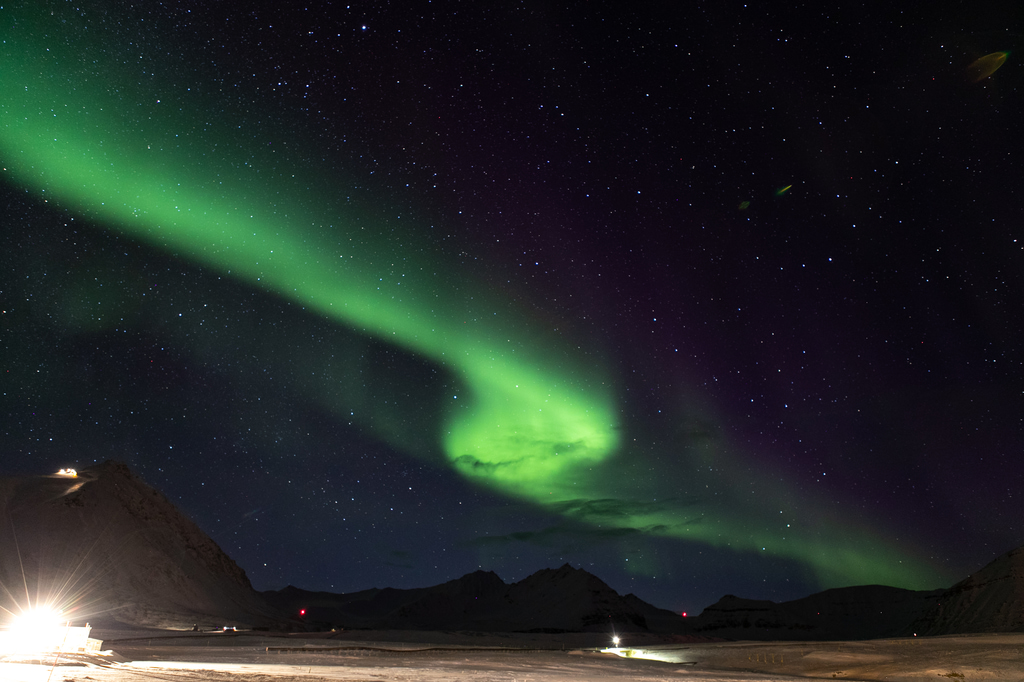
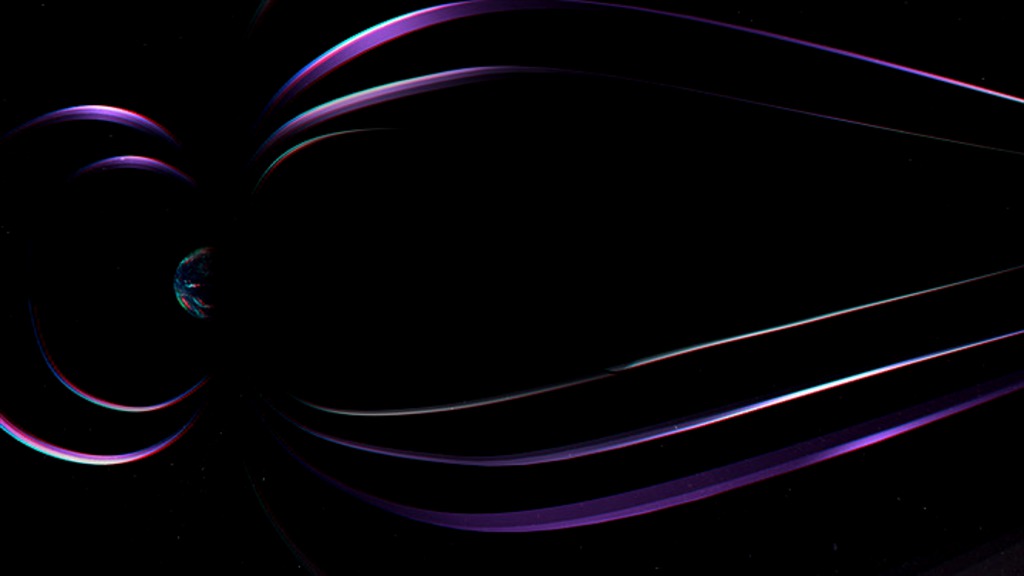
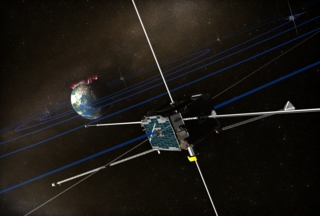
![Complete transcript available.Credit: NASA Goddard Space Flight CenterMusic credit: “Artificial Intelligence” by Matteo Pagamici [SUISA], Max Molling [SUISA] via Universal Production Music](/vis/a010000/a014200/a014299/14299_PlasmaMMS_YouTube.00420_print.jpg)